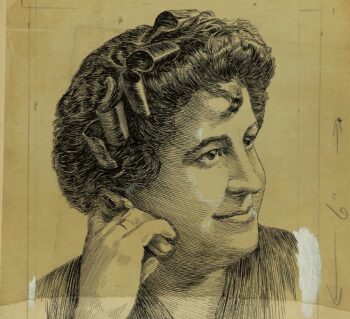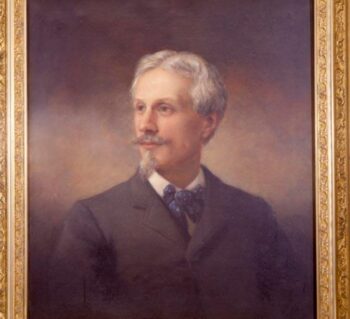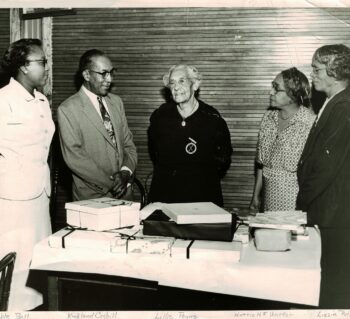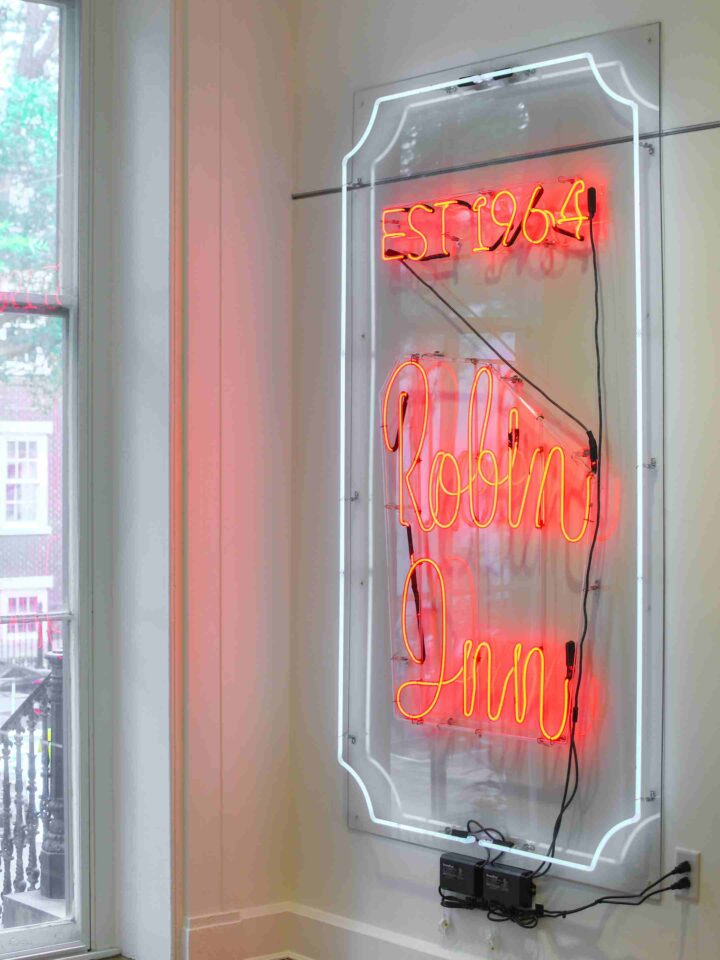
Bill “Bojangles” Robinson: Richmond History Maker
Bill “Bojangles” Robinson – a dancer, a philanthropist, a star, a Richmonder.
By Valentine Museum Staff
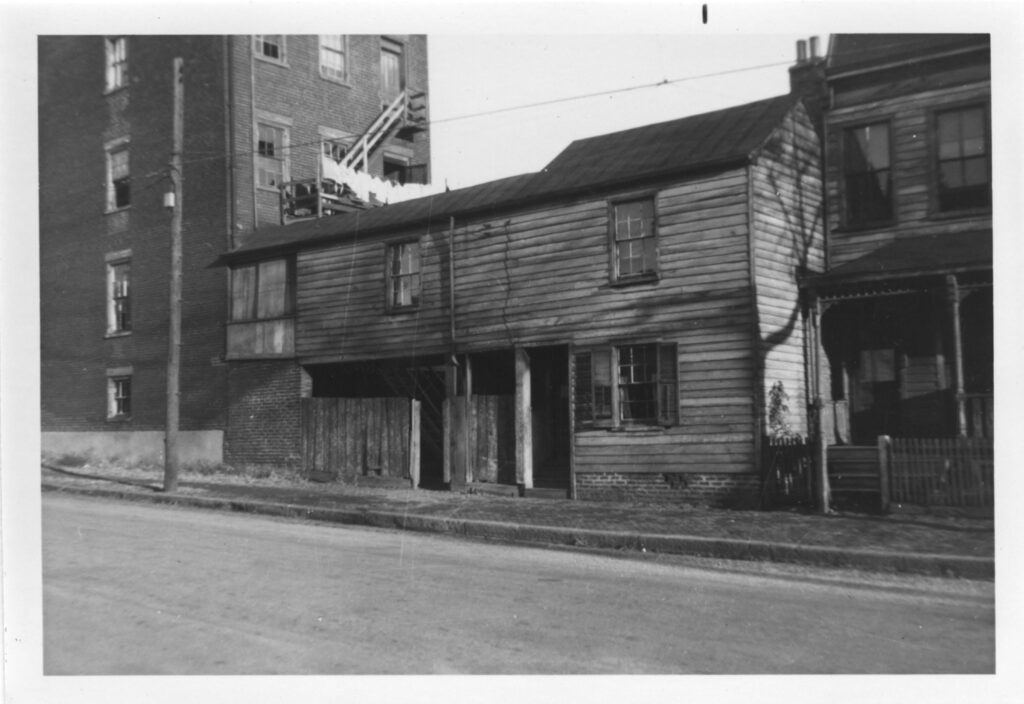
Luther Robinson was born in 1878 in a small wooden house on 3rd Street in Jackson Ward. Orphaned early in his childhood, he was raised by his grandmother, a formerly enslaved woman.
Black Richmonders had few educational opportunities, and Luther had to blaze his own path early on. At the age of five, he began dancing for pennies on the sidewalk. By seven, he had snagged his first role as a dancer in a traveling show. These early years elude a hard historical record, as the origins of cultural giants often do. Some accounts show him running away to D.C. at the age of nine to dance full time, while others place him in Richmond dancing in local beer gardens at that age.
No matter the specifics, we do know that by the time he was a teenager, Luther had changed his name to Bill and was established in Black vaudeville circuits around D.C. Among his friends, he had also earned a nickname— Bojangles—for his contentious attitude. This nickname and its future contradictions would perfectly encapsulate his blockbuster career that has been called both groundbreaking and retrograde, both defiant and subservient.
Bill “Bojangles” Robinson’s dance career unfolded at a peculiar time in this nation’s history—the forces of segregation were rising at the same time as the appeal of Black entertainment. Popular, everyday entertainment began to threaten the “color line.” For this, many laws and industry norms dictated what Black performers could do, for whom they could perform, where they could perform and with whom they could perform. Blackface was still popular and even expected of Black artists. The “two-colored” vaudeville rule prevented Black performers from appearing alone onstage. Because of these restrictions, from 1902 until 1914, Robinson was required to have an onstage partner. He also danced almost exclusively in Black theaters for Black audiences. But, during this time, he pioneered a new form of tap-dancing. His style was elegant, quick and mesmerizing to behold.
Into the 20th century, white audiences grew less content to watch white performers going through the motions in front of more skilled Black background dancers. So the astonishingly talented Robinson and his partner, George W. Cooper, attracted notice. They soon became so popular that the duo began to flout the rules of segregation. They performed in white-only venues in addition to Black venues.
By World War I, Robinson went solo. In 1918, he became one of the few Black performers to headline a show at the prestigious Palace Theater, in New York. At that show, he introduced his new “stair dance,” in which he danced up and down a staircase not only with dizzying ease and skill, but also producing different rhythms and tones on each step. It was a masterpiece of showmanship that would make him world famous, which you can watch here.
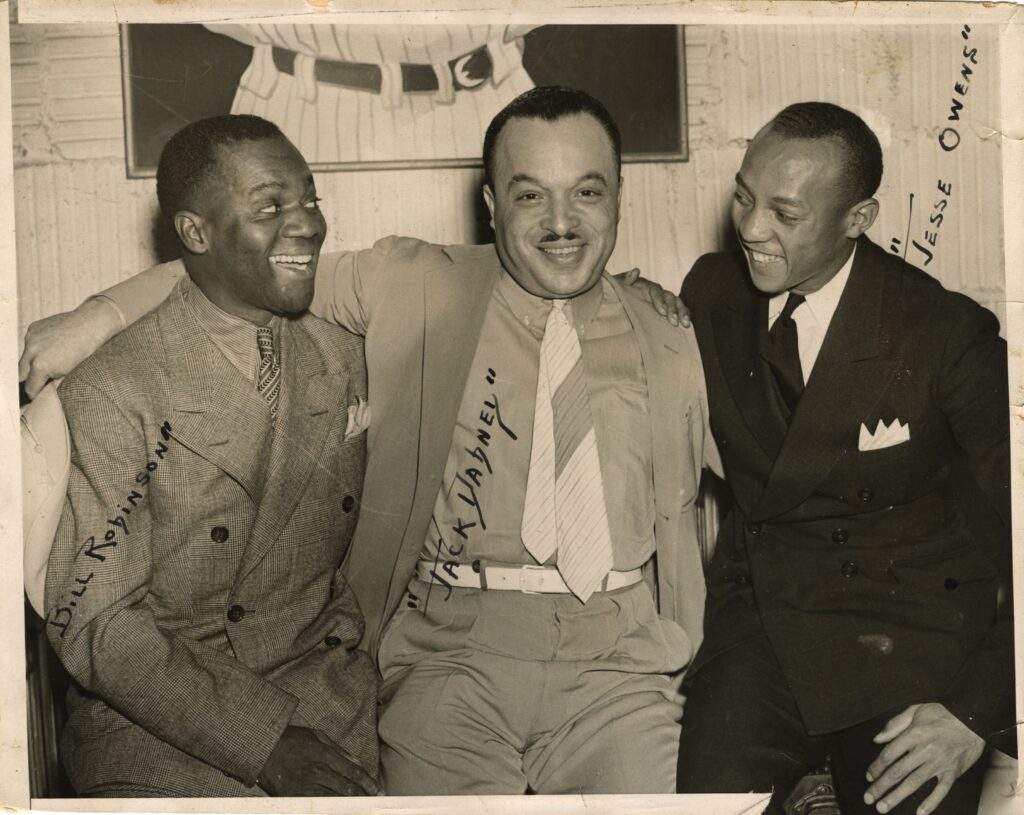
In the 1930s, As Robinson broke down barriers of segregation with sheer talent, he found himself breaking out of the vaudeville world and into the stages of Broadway and Hollywood. But more complicated barriers arose in tandem with his stardom. In these worlds, he was limited to the roles written for him by white writers. Unsurprisingly, they were nearly always stereotypical. His most famous and frequent role was that of a cheerful, enslaved butler dancing alongside Shirley Temple. The pair made four movies together.
With fame, Robinson’s nickname ‘Bojangles’ took on an ironic meaning. Initially derived from the term ‘jangler”—an argumentative, angry person—white fans began to associate his nickname with the smiling, docile roles written for him. The nickname itself then became a stereotype of Black servility, even though Robinson was famous among his friends for his temper, his gambling and for carrying a gold-plated pistol.
In defiance of both interpretations of his nickname, however, Robinson was not complacent when it came to race relations, nor was he hard-hearted. Though he made millions over the course of his career, he gave away vast amounts to Black charities in Harlem, where he lived. In one year alone, he performed in four hundred benefits. He was a founding member of the Negro Actors Guild of America. He even co-founded a Negro League baseball team, the New York Black Yankees.
Visiting Richmond in 1931, he joined Maggie Walker’s Independent Order of St. Luke. While here in 1933, he witnessed Black children attempting a dangerous intersection in Jackson Ward in order to get to school. He contacted the city and paid all costs to install a set of traffic lights at the intersection—the first traffic light “North of Broad.” For this act of charity, Richmond would later get its first monument to a Black citizen, in 1973, in Robinson’s honor at that intersection. But after a lifetime of charitable acts just like that one, Robinson died penniless in 1949, at the age of 71.
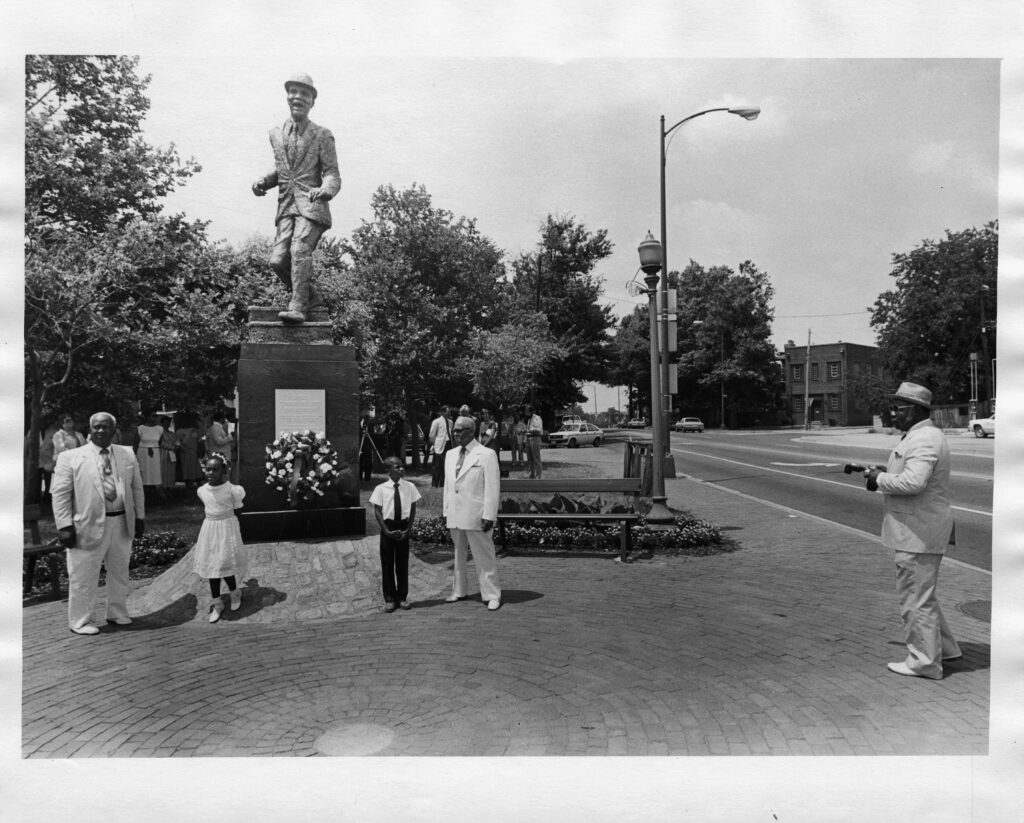
Need to cite this?
| Authors | Valentine Museum Staff |
|---|---|
| Work Title | Bill “Bojangles” Robinson: Richmond History Maker |
| Website | https://thevalentine.org |
| Published | January 22, 2021 |
| Updated | May 28, 2024 |
| Copyright | © 2024 The Valentine Museum |
